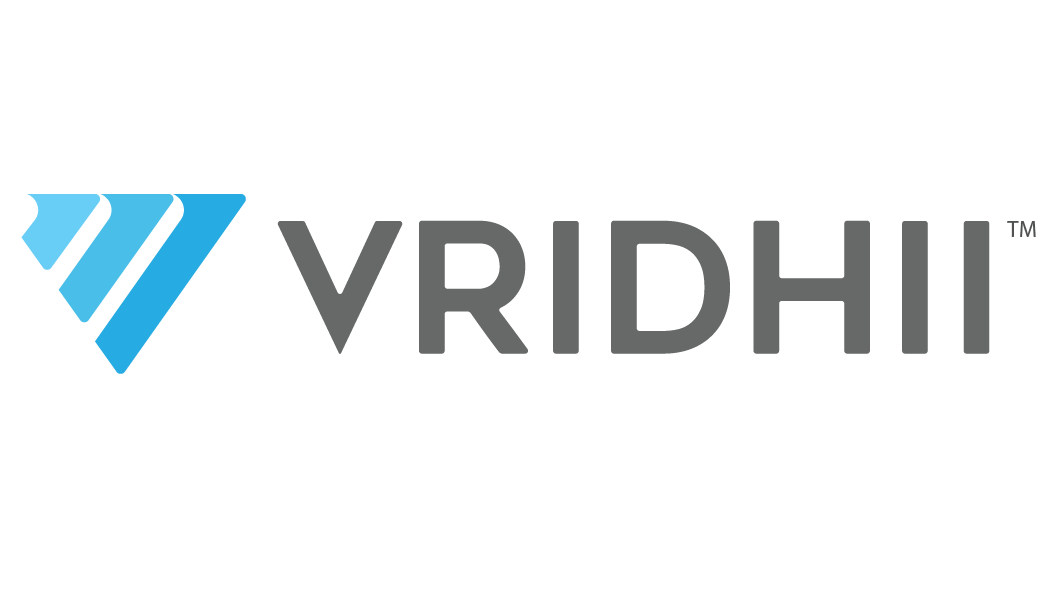How to settle for the greatest return on an advertising budget
Living in 2020 means that it’s almost all digital. Digital is your market, digital is your audience, and digital is your strategy. Likewise, this digital ecosystem means more cutthroat than ever before owning a business in 2020. Why? Because we are living in a time where new competitors will not only be able to, but will certainly pop up left and right, up and down, and almost everywhere. In other words, as digital technologies promote the steps needed to actually start a business, you need to put much more work into finding and hearing your efforts. In english, this means that marketing is no longer an option, it is a requirement, particularly ads.
We see that marketing is greater than ever with AI and automation, personalization, cross-channel advertising and a number of other 20 advertisement patterns. In fact, it is expected that digital ad spending will represent a majority of all US ad spending, rising from $105.44 billion (46.56 percent) in 2019 to $129.26 billion (51.31 percent) by 2021. The thing is, it’s expensive to market, especially advertising. Regardless of what you plan to do, the real results are higher costs.
That’s why you need to make sure you get the most out of your efforts in digital advertising. Key here is to know how much to spend and where you don’t end up putting all your eggs in the wrong basket metaphorically. You don’t want to divide the funds equally across all platforms along a similar vein, which just happens to be a good example of what you shouldn’t do in the advertising budget. This is because dividing the budget equally implies that all outlets work the same way and produce comparable results, far from the reality. In reality, there may be more of your viewers on channel A than on channel B, meaning your returns there are likely to be higher.
And so we’re going back to our point to make sure you get the most out of your ads. For this purpose, you will need a breakdown of the marketing budget to determine what you can actually afford to spend on advertising, and then an analysis to determine how much you can spend on each channel.
Your Advertising Budget Allocation Guide
Our aim for today is to provide a guide to advertising budget allocation and different advertising budget approaches to assess a small business’ best advertising budget. More specifically, we’re going to go through a three-step process to narrow down how much you’re supposed to spend on advertising for the biggest return.
Phase 1 of the marketing budget process: decide what you can spend
Whenever you have to allocate a budget to something ? it doesn’t matter what it is ? you first have to determine how much you can actually afford to invest. Economists recommend using a percentage revenue strategy in which you dedicate a portion of your total gross sales to your marketing efforts for our discussion today. Although there are many factors affecting an advertising budget, such as your industry, size and growth stage, this approach works well across the board because the budget is not actually fixed; it is set to wax or decrease with your revenue so you can increase as you grow or decrease to maintain long-term profitability.
For newer companies that are trying to grow, spending between 10 percent and 20 percent is recommended so you can really brand yourself, with a minimum of 12 percent if you are trying to grow fast. If you are more mature and still want to increase profitability, 5-12 percent is going to be a good aim as you should have loyal customers and a defined marketing strategy to take you through. When, on the other hand, you either make it marginally or work at a loss, allocating 5% may not even be feasible. You must note, then again, that advertising is a must for growth. You have to spend money to make money, as people always say.
Phase 2 of the marketing budget process: pick the channels to target and consider the costs
It’s time to select the platforms you want to approach with a marketing budget on hand. Keep in mind that all the marketing efforts are protected by this, not just ads. With that in mind, you’ll have to do some research to figure out the preferred channels for your audience, which is where you’ll focus. Some popular channels, for instance, include:
Content marketing
Email marketing
Search engines
Social media marketing
You need to be as specific as possible as part of this move. In other words, don’t just say’ social media’ or’ internet marketing,’ but define specific channels such as Facebook and Instagram, as well as content marketing activities such as blog writing and video production. The potential costs and returns of each channel must also be considered, as some may have high costs and equally high returns, while others may have high costs with average returns. You should also look at hidden costs that will impact your overall ROI, such as hiring a PPC agency or purchasing analytics tools to track your progress.
Phase 3 of the advertising budget process: split your budget
Now, it’s time for all your outlets to break your budget. Rest assured that as you begin the allocation process, realizing that this will be simpler than you may have previously thought because you have already completed most of the research in the previous steps. Use your allocated marketing budget in conjunction with your channel list and their expected costs (including the hidden ones) to determine which has the greatest return potential.

